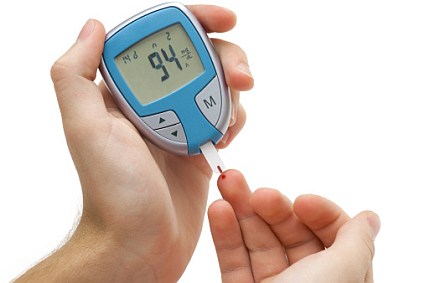Knowing how to test for diabetes can put your mind at rest if you are worried about your blood sugar levels. A basic test can be done at home, but if you have any reason to think that you may be at risk of developing diabetes you should discuss this with a medical professional.
Diabetes is a disease in which the levels of glucose in the blood rise above normal because the body’s usual regulatory mechanism, involving insulin, is not working correctly. This may be because the cells in the pancreas that produce insulin have been damaged or destroyed by an auto immune response (type 1 diabetes) or because the body has become resistant to insulin and the pancreas cannot keep up with the demand (type 2 diabetes).
Either way, the test for diabetes involves testing the levels of sugar in the blood. This is quite simple. In most cases it involves taking a drop of blood from the fingertip and using some form of analysis to see how much sugar it contains.
Home testing kits usually include a lancet (a special kind of sterilized needle on a spring, with which you can accurately and almost painlessly prick your finger) and some testing paper. The paper will change color when blood is added, and you compare the color to a provided chart to see whether your blood sugar is in the normal range.
For a more accurate result, a digital blood glucose meter will read the testing paper and give you a result. This type of kit is more likely to be used by health professionals.
Most tests for diabetes are done before meals (at least two hours after last eating, best done in the morning). This is called a fasting blood glucose test. Normal results are between 4.2 and 6.2 mmol/litre.
Results between 6.2 and 7.7 mmol/litre may indicate a person who is pre-diabetic or at risk of developing diabetes, but this is not so high that diabetes would be diagnosed right now. Over 7.7 mmol/litre may indicate that you have diabetes. In either case you should see a doctor or other medical professional right away to have another test. They will probably test you before and after consuming a high glucose drink, to see how your body reacts to sugar.
There are other factors that can affect blood glucose levels, including other conditions such as anemia and gout. Weather conditions and altitude can also make a difference. High blood sugar is not always related to diabetes. But this is a serious condition so abnormal results should be checked out.
Consult your health care provider if you think you may have diabetes or if you have any further questions about how to test for diabetes.




